How to Remove Scuffs from Shoes
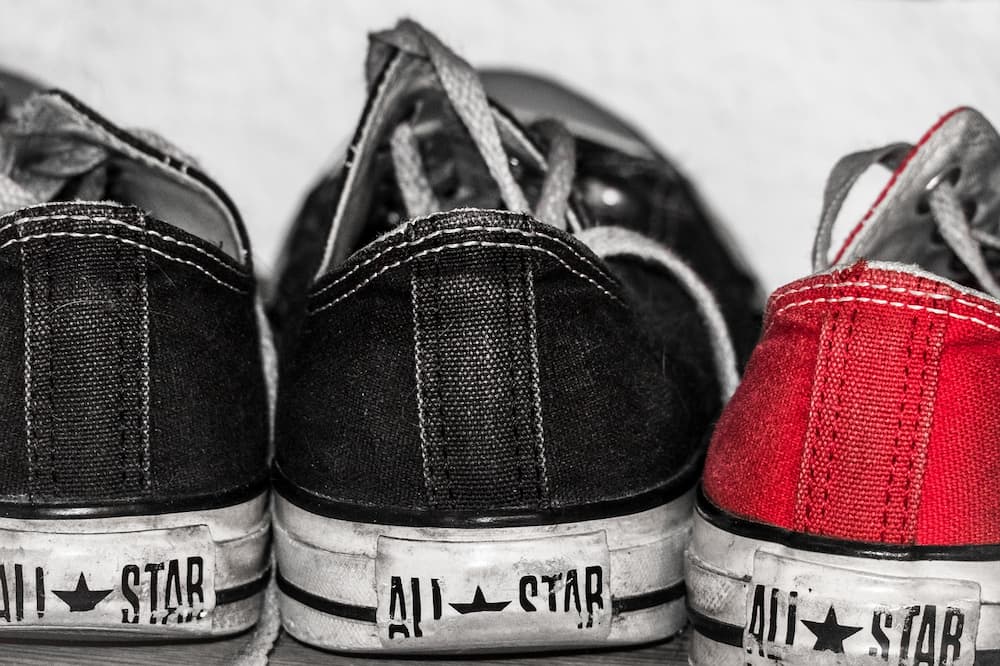
Have you ever gone out for a night on the town and noticed, much to your dismay, that your favourite shoes have been scuffed? It's an all too common occurrence, especially with leather shoes or boots. Whether it's an unfortunate fall on your way to work, someone steps on your toes, or any other of a million reasons, scuffs on shoes can be a real drag - and leave your shoes looking dull and unappealing. You may find a lot of scuffed shoes while thrifting, which is why we want to show you a few different ways how to remove scuffs from shoes and boots.
There are plenty of ways how to remove scuffs from shoes. You can restore your shoes to their former glory with a few simple supplies and some know-how. You can extend the lifespan of your favourite kicks, avoid spending money on replacements and show off those newly polished shoes with pride. Before we dive into the details of this particular online thrifting tip, let's look at what scuffs are and why they appear on shoes.
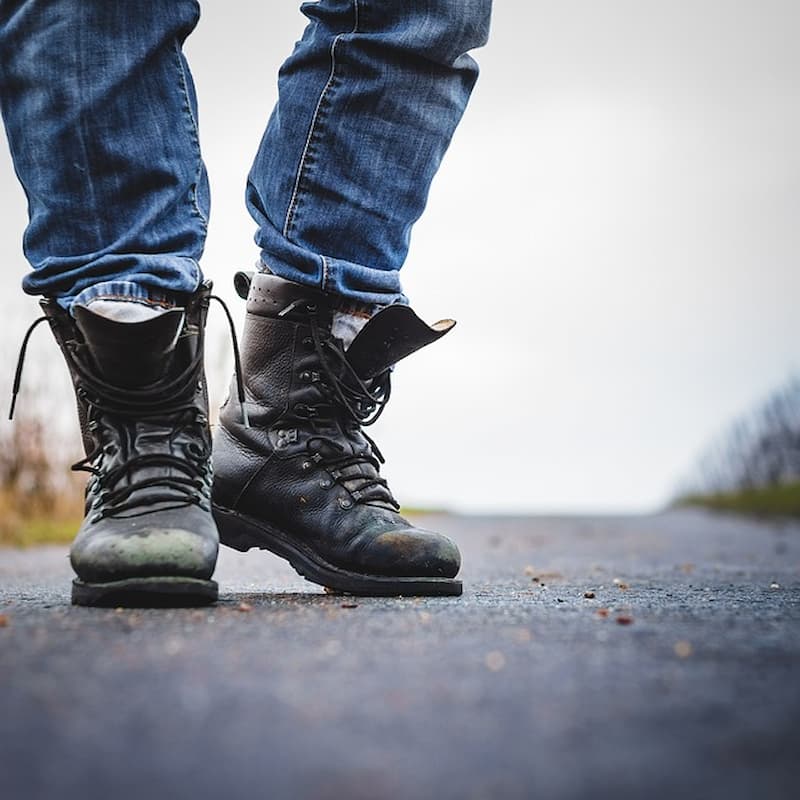
What are scuff marks?
Scuff marks are light scratches, marks, or scrapes that appear on shoes when they rub, brush or scrape against a hard surface, like a sidewalk or another shoe. They can range from being barely visible to quite deep and noticeable. The scuffs themselves are caused by friction, which wears away the surface of the leather or other material. They often appear on the shoe's toe, sides, and heel. Scuffs can either be abrasive or material transfer caused by different types of contact.
Abrasive Scuffs:
These occur when one material rubs against another, like leather rubbing against the pavement. The resulting friction wears away the material's surface and leaves a scuff mark. They are scratches that result from the force of hard materials sliding against one another.
Material Transfer Scuffs:
These occur when a softer material, like rubber or plastic, rubs against a harder material, like leather. The softer material transfers onto the harder one and leaves an unsightly colour mark. For example, someone steps on your nice white leather shoes with their rubber sole sneaker and leaves a black mark on them. The black mark is a material transfer scuff and has not damaged the surface of the leather. This type of scuff mark is easier to remove because you can use cleaning products to remove the transferred material.
Fortunately, you can remove scuff marks from patent leather, leather, suede, and other materials with some simple steps without too much effort or financial outlay. Check out our guide below for detailed instructions on how to remove scuffs from shoes.
9 Ways to Remove Scuff Marks from Shoes
No matter the type of material, always clean your shoes first before removing scuff marks. Cleaning the shoes can help you to identify the type of scuff and decide which technique is best for removing it. The shoes will be free of dirt and dust, giving you better access to the scuff marks. So, before dismissing a perfectly nice pair of shoes with a few minor scuffs, consider these nine interesting and easy tips for removing scuffs from shoes.
1. Try a Rubber Eraser
Yes, the same kind of eraser that you use on pencil marks or paper can work wonders on scuffed shoes. They are made of soft rubber, which works to gently abrade the surface and remove scuff marks. This school kid staple is an efficient and non-toxic method you can easily find at any home or office supply store.
Though common coloured erasers can work in a pinch, you may want to purchase an extra-soft white eraser. Rub the eraser in small circles against the scuff mark until it slowly fades away. Apply moderate pressure while doing this to ensure that you do not damage the surface of your shoe. Lightly brush off any eraser residue and clean the surface of your shoe with a damp cloth.
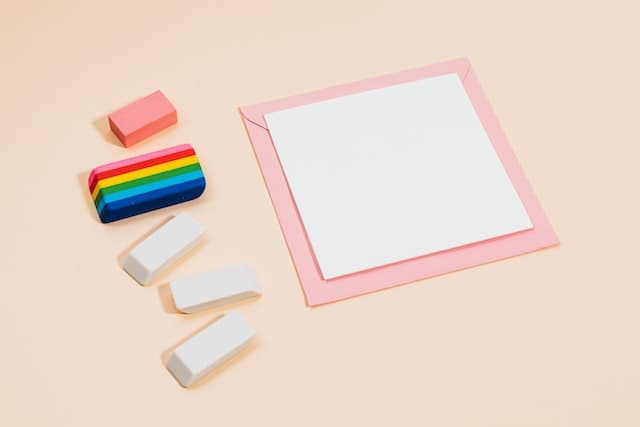
Suede, patent leather, and vinyl respond well to this technique, but you should use a softer eraser for the more delicate materials. It is a handy tool for removing materials or colourings that cannot be treated with chemicals or water.
A magic eraser is gentler and can work better on more delicate materials. It is a regular eraser treated with chemicals to make it softer and more versatile. It can work out most scuffs and is a great tool for removing dirt, grease stains, and other debris from your shoes.
2. Use Nail Polish Remover
Nail polish is a common household item that does more than just remove nail polish. The active ingredient in a nail polish remover, acetone, can also help to remove scuff marks or discoloration on your shoes.
To use this method:
- Start by softening the scuff mark with a cloth soaked in warm water.
- Use a cotton swab to dab the nail polish remover on the scuff mark.
- Gently rub it in small circles until it starts to fade away.
- Wipe away the residue with a damp cloth and allow your shoes to air dry before wearing them again.
This method is only suitable for patent leather, vinyl, and other leathers that are not too delicate. You can test the solution on a less visible shoe part before working on the front portion. Do not use this method on suede or soft material, as the acetone will damage it.
3. Use Toothpaste
Non-gel toothpaste has a mild abrasive quality that helps to remove scuff marks from shoes. It does not contain harmful chemicals, so it is safe to use on many types of materials, such as faux leather, canvas, leather, and vinyl.

Squeeze a small amount of non-gel toothpaste onto a brush or cloth. Gently scrub the toothpaste onto the scuff mark in small circles and then let it sit for a few minutes. Afterward, wipe the toothpaste with a damp cloth and allow the shoe to air dry completely.
Consider repeating the process if you're dealing with a stubborn scuff mark. However, do not scrub too hard, as it may cause your shoes to become discoloured. Plus, the toothpaste solution is a superb method to brighten and spruce up the rubber soles of your shoes.
4. Give Baking Soda a Try
Baking soda is a natural, non-toxic cleaner that works wonders on all types of materials, including canvas, leather shoes, and vinyl. It is mildly abrasive, so it can effectively remove scuff marks without damaging the surface of your shoes. As a bonus, baking soda can also eliminate shoe odour.
Start by making a paste with two parts baking soda and one part warm water. Rub the paste onto the scuff mark in small circles, leave it for a few minutes, and wipe the paste away with a damp cloth. It makes sense to use a soft cloth, so you don't damage the surface of your shoes.
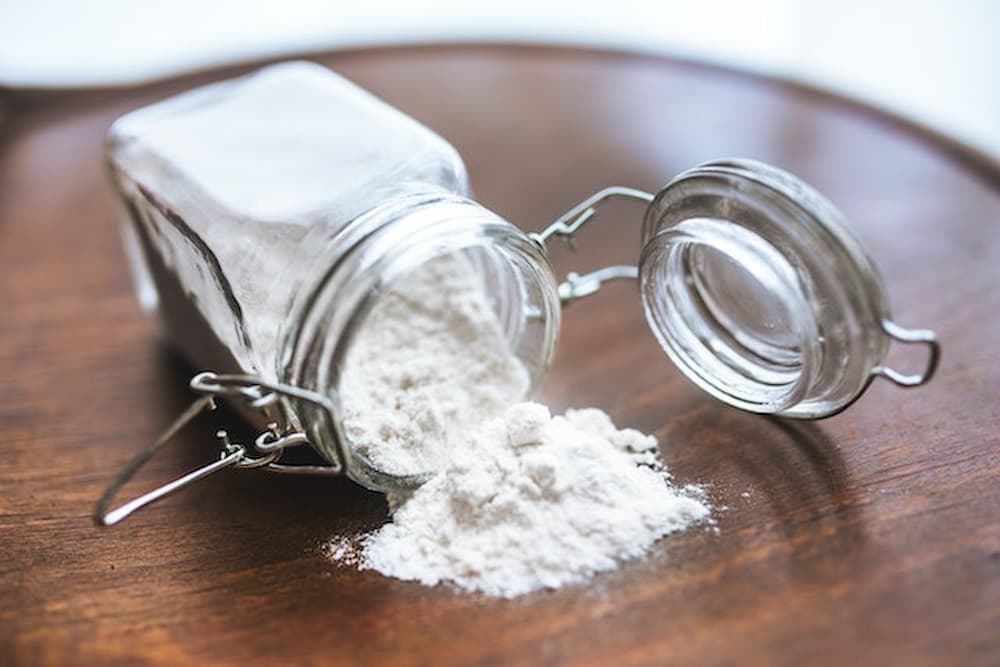
While baking soda works wonders on most materials, it won't work as well on patent leather shoes. In this case, you may want to try a different solution, such as white vinegar or toothpaste. To protect your shoes from water damage, always make sure to apply a waterproof spray after cleaning.
5. Use Petroleum Jelly
You might think petroleum jelly or vaseline is only useful for reducing diaper rash in babies or healing cuts. Still, it is also effective for removing and preventing scuff marks on shoes. It softens the material of your shoes and helps to erase minor scrapes.
Simply take a small amount of vaseline and rub it over the scuff marks with your fingers. Allow it to sit for a few minutes, and then wipe off the excess jelly with a damp cloth. This method is suitable for leather and canvas shoes as well as patent leather but should not be used on suede or other delicate materials.
For best results, you can apply a thin layer of vaseline to the surface of your shoes after every wear to prevent scuff marks. This will help to keep your shoes looking like new ones and make them last longer.
6. Try Rubbing Alcohol
Rubbing alcohol is a powerful antiseptic that can also take out scuff marks from your shoes. Dip a cloth in rubbing alcohol and gently rub the stained area until the stain fade away. Avoid using too much pressure, as it can damage the finish of your shoes. If you have a patent leather shoe, you should take extra care while using rubbing alcohol. After the scuffs are removed, allow the shoe to dry completely before you wear it.
Given the current state of the world, you probably have hand sanitizer available if you don't have rubbing alcohol. Fortunately, it is also an effective solution for removing scuff marks from shoes.
7. Use White Vinegar
White vinegar is a great choice, especially when cleaning leather or canvas shoes. Dilute the white vinegar with water (1:2 ratio) and dip a cloth in the mixture. Gently rub the stained area with the damp cloth and leave it for a few minutes. Then, wipe away the vinegar with a clean cloth and allow your shoes to air dry completely.
Using white vinegar on patent leather shoes is also possible, but you should take extra care not to over-saturate the material. The white vinegar solution should be used sparingly and not be left to sit for too long, as it can damage the surface of your shoes.
8. Apply a Basic Conditioner
Using a conditioner may be all you need to fix scuff marks on your shoes. The leather conditioner works great if the scuff marks are on the leather by moisturizing and softening the material. The leather swells after absorbing the moisturizer, which lessens the visibility of scuffs. You should only use the moisturizer as per the instructions given on the product.
Even though conditioners minimize the visibility of scuffs, they may not be able to remove them completely, especially on abrasive or scratched surfaces. To remove scuff marks from leather shoes, apply the conditioner with a soft cloth and let it sit for an hour. Wipe the excess conditioner off with a damp cloth, which should do the trick.
9. Use Laundry or Dish Detergents
If the scuff mark is particularly stubborn, you may want to try a gentle cleaner such as laundry detergent. The mild surfactants and solvents in the detergent are powerful enough to break down dirt and oils yet gentle enough not to damage the surface of your shoes. Mixing a small amount of detergent with warm water. Dip an old toothbrush into the solution and gently scrub the scuff mark in small circles.
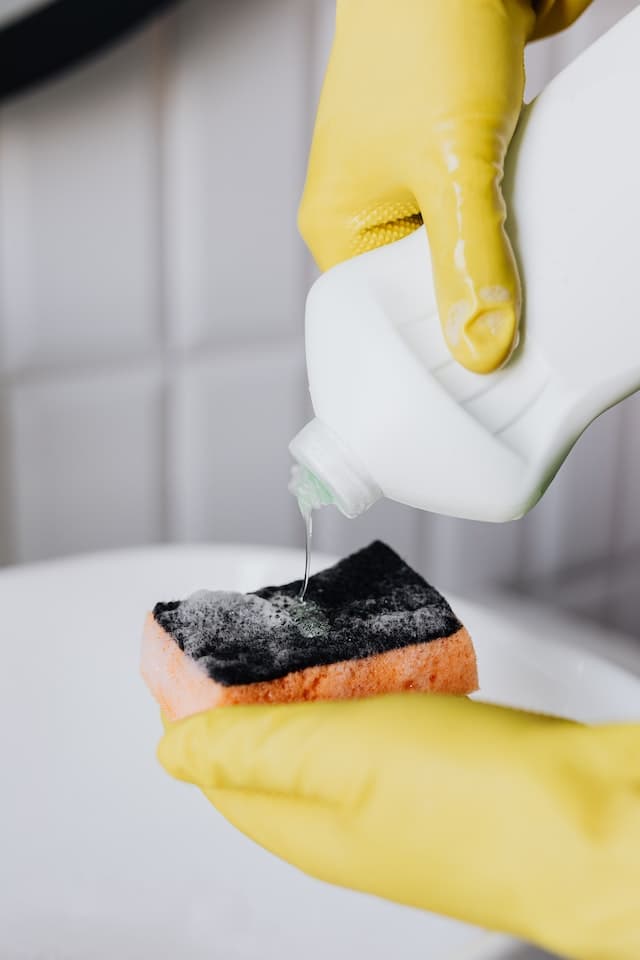
Once the scuff mark has faded away, rinse your shoes with clean water and allow them to air dry before wearing them. These go-to cleaners can remove the discoloration from leather, vinyl, and canvas shoes. Avoid using detergents with bleaching agents, as they may discolour your shoes.
Final Thoughts…
Scuff marks can ruin the look of a good pair of shoes, making you seem less polished and put together. Fortunately, there are several hacks to remove these annoying blemishes from your shoes so that you can maintain a professional and well-groomed look. Be fashionable and keep your shoes looking great with these easy tips and tricks.

With these quick and easy hacks, your patent leather shoes or canvas shoes may look as good as new. Be sure to use the right cleaning products, as they can make a huge difference in the appearance of your shoes. In the end, with a little bit of effort and the right supplies, you can easily remove scuffs from your shoes and keep them looking their best! Good luck thrifting!
Did you enjoy this article? Share it on your social media! You can also try a few others we've posted just for you:
